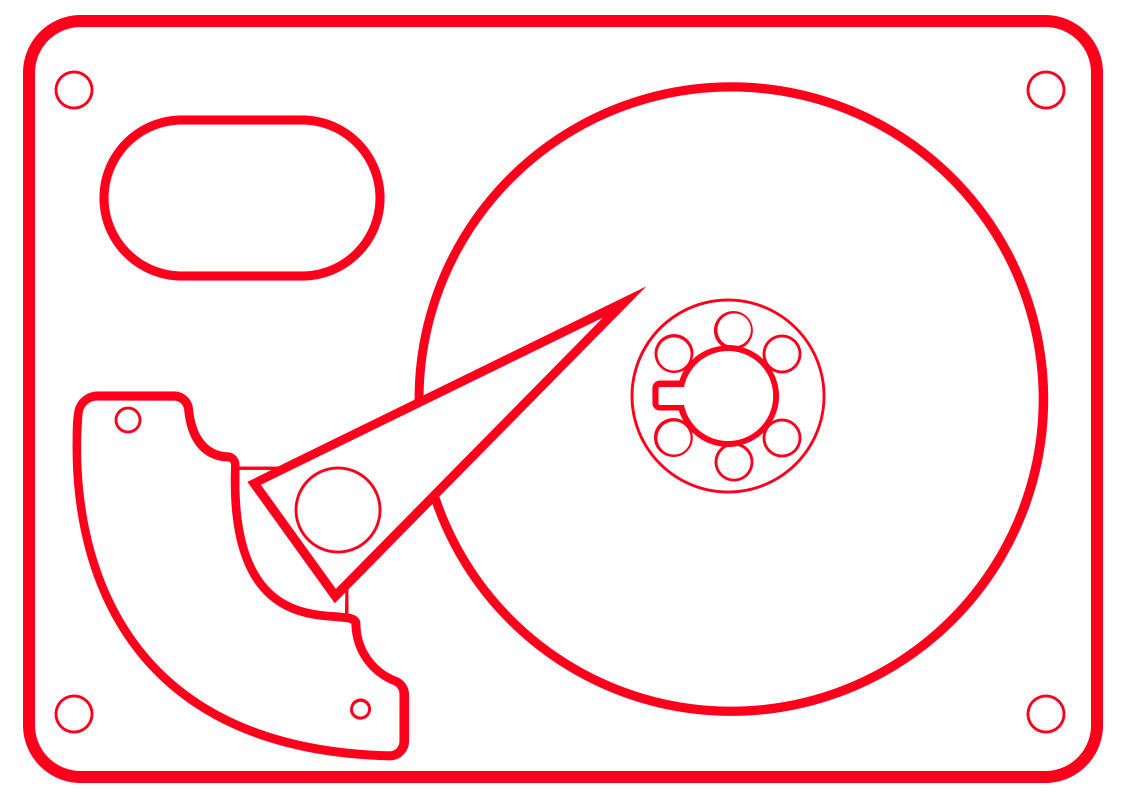So you’ve just bought yourself a shiny new hard drive, only to find it doesn’t work. The drive may not be bad per se; it may be bad for a Seagate drive. If you’ve got a computer that doesn’t recognise your new hard drive, you’ll need to get to the bottom of the issue as soon as possible. Once you’ve identified the problem, you can take action to correct it. Here are five best ways to get your computer to recognise a Seagate hard drive.
Format The New Drive
If you plug in a new drive, Windows should automatically recognise it and prompt you to format it. If not, you can format the drive by following the prompts in the “File Explorer” of Windows.
You should also format the drive immediately after installing a new one. This will ensure that all data is erased and that the drive is ready for use. If you don’t format the drive, Windows will use the default format settings for the new drive. And these may not be what you want.
Install The New Drive
This is the most common cause of a new drive not being recognised by a computer. If you’ve just plugged in a new drive, but the computer is still not seeing it, this is the first step to take.
First, plug the drive directly into the computer. If you’re using a USB 3.0 or USB 2.0 cable, you may have to try another one. If you’re still having issues, try using a different cable. Once you’ve tried a different cable and the drive is recognised, try plugging the drive into a different port on the computer.
Next, ensure that the drive is set to boot from the computer. This can be done by going into the Boot menu of the computer and selecting the drive from the list. If the drive isn’t listed in this menu, try holding down the “Shift” key while clicking the “Restart” button to force the computer to recognise the drive as internal.
Check Device Manager
If Windows isn’t recognising the drive, it’s probably because the drive isn’t shown in the “Device Manager”. To check, open the “Device Manager” by following the steps above. Windows may warn you that the device is not trusted, in which case, click “Yes” to allow the computer to recognise the drive.
In the Device Manager, look for an entry for the new drive. If no entry appears for the drive, right-click the “My Computer” icon on the desktop and select “Properties” from the menu. Then, in the “Device Manager” window that opens, select the “Hardware” tab and click the “Device Instances” button.
From here, the computer should see the drive as “New Device” and you can select it in the list to make it the default device. Click the “Update” button to make the change.
Test The Drive In Another Computer
If your computer isn’t recognising the new drive, you could test it in another computer to rule out any problems with the cable or connection. Ensure that the other computer is connected to the same network as the other devices and that there aren’t any issues between the two computers.
If you test the drive in another computer and it works, then you know the issue is with the other computer. You can try plugging the drive into another machine on the same network to rule out a cable or connection issue.
If the drive still doesn’t work in another computer, it’s possible that the drive itself is bad. You can take it back to the store for warranty replacement, or try the next tip.
Reinstall The Windows Operating System
If the drive isn’t showing up in Device Manager and you’ve tried everything else, you may have to reinstall the Windows operating system. This is the last resort, and it’s not one I’d recommend unless all other options have been exhausted.
Before you do this, back up any important data on the computer. You can do this by creating a system image or creating an emergency restore disc. These will allow you to get back any data you need in case of a problem.
If you don’t have either of these, you can back up the data using a cloud storage service such as Google Photos or OneDrive. You shouldn’t have a problem restoring the data once the OS is back on the computer.
Conclusion
The fact that your computer isn’t recognising your new hard drive isn’t a good sign. This could mean one of two things: your drive is bad, or your computer isn’t ready for the drive.
If your drive is bad, it may be worth taking it back to the store for replacement. However, if the drive works in other machines on the same network, it’s possible that the issue is with your computer and not the drive.
In this case, try the tips outlined in this article to get your computer to recognise the drive properly. If the problem persists after doing so, it’s likely that your computer just isn’t ready for a drive of that size. In this case, you should consider upgrading your computer before moving onto a larger drive.
